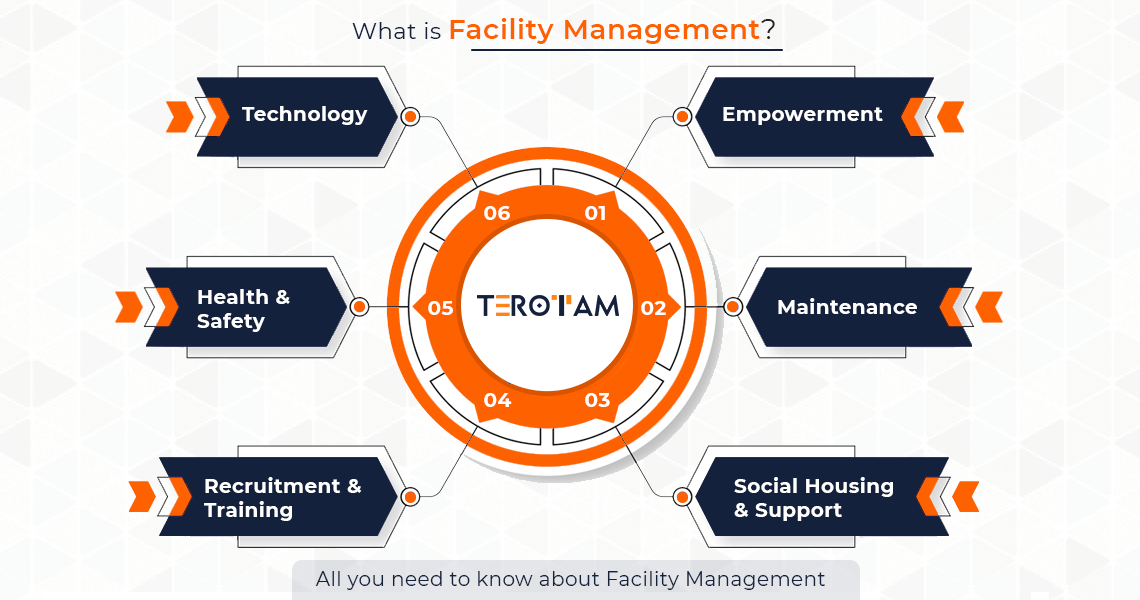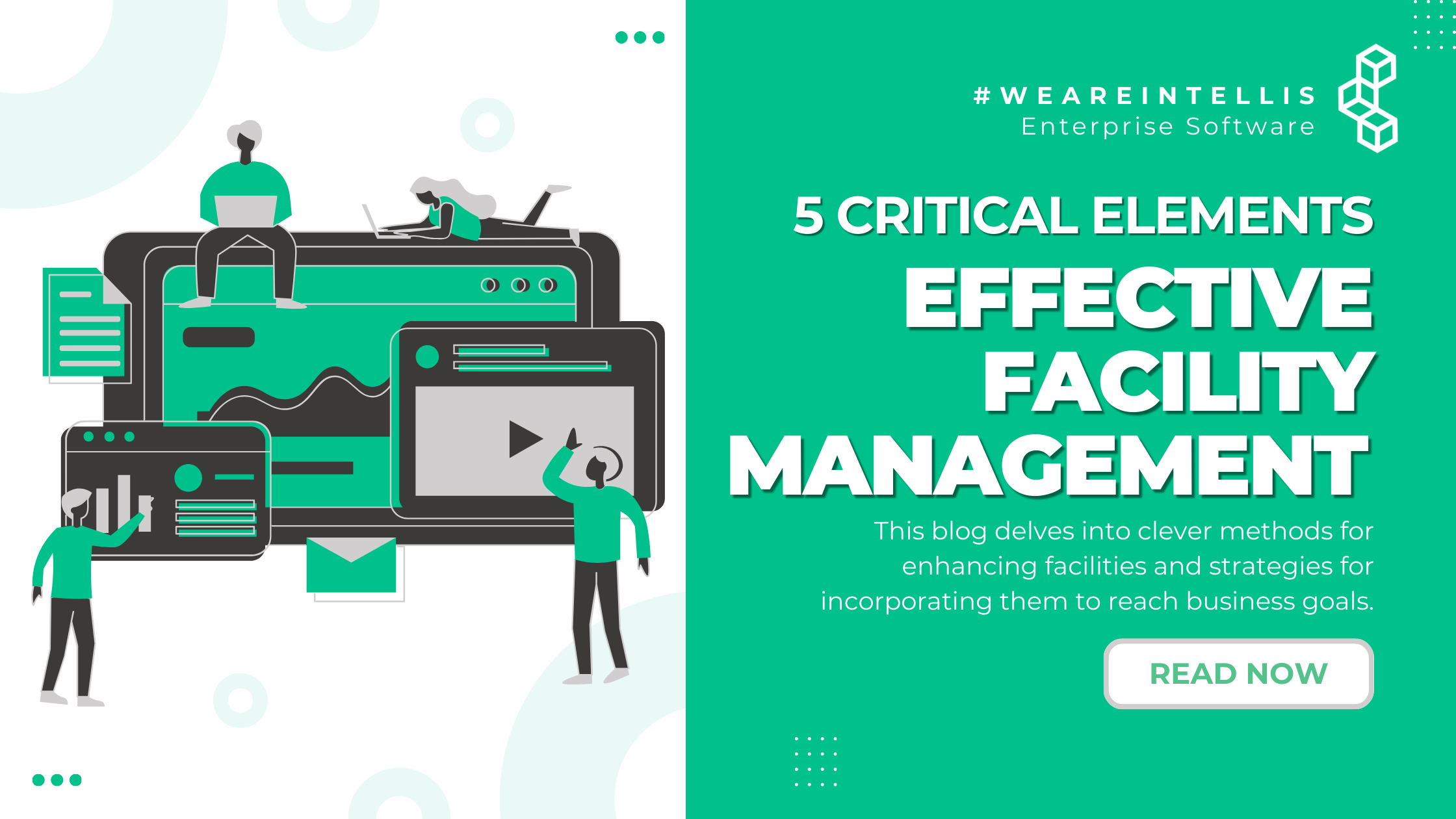Trick Patterns Forming the Future of Facility Management in 2024
As we look in advance to 2024, the landscape of facility monitoring is positioned for significant change, driven by a number of crucial patterns. The assimilation of wise building modern technologies and a shift in the direction of data-driven decision-making assurance to improve functional efficiency while focusing on sustainability in method.
Smart Building Technologies
Smart structure modern technologies encompass a vast range of systems, consisting of smart illumination, a/c controls, and safety and security systems. By incorporating these systems, center supervisors can keep track of and adjust parameters in real-time, resulting in significant reductions in power waste and functional costs. Clever sensors can identify occupancy degrees and adjust illumination and temperature accordingly, ensuring that power is only utilized when required.
Moreover, these technologies help with improved information collection, enabling companies to track usage patterns and determine opportunities for additional renovations. The application of clever structure modern technologies not only contributes to sustainability goals yet also creates much healthier job settings that can improve employee productivity and contentment.
As we move into 2024, the fostering of clever building innovations will likely increase, showing a broader change towards even more smart, receptive, and sustainable center management practices.
Data-Driven Choice Making
Increasingly, organizations are leveraging data-driven choice making to enhance center monitoring methods. By using data analytics, facility managers can acquire workable understandings that dramatically improve functional effectiveness and source allocation. The assimilation of innovative technologies, such as IoT sensing units and real-time tracking systems, allows the collection of vast amounts of information on structure efficiency, tenancy rates, and energy usage.
This wide range of info enables center supervisors to determine fads, anticipate upkeep demands, and proactively address problems prior to they escalate. As an example, predictive analytics can anticipate tools failures, decreasing downtime and repair costs. In addition, information visualization devices help with better communication among stakeholders, making certain that informed decisions are made collaboratively.
In addition, data-driven methods enhance calculated preparation by making it possible for center supervisors to evaluate the effectiveness of present methods and make notified choices relating to financial investments in technology or facilities. As organizations increasingly prioritize operational excellence, data-driven choice making is positioned to become a keystone of effective facility monitoring strategies in 2024 and beyond. Ultimately, the capacity to utilize information effectively will encourage companies to produce a lot more effective, efficient, and resilient centers.
Sustainability and Environment-friendly Practices
The focus on data-driven choice making normally aligns with the growing emphasis on sustainability and eco-friendly practices within center monitoring. As companies progressively prioritize environmental responsibility, facility managers are leveraging analytics to optimize resource use, minimize waste, and minimize carbon impacts. This calculated method allows the combination of energy-efficient systems, such as LED lights, wise heating and cooling controls, and renewable power sources into facility operations.
Moreover, the implementation of sustainable practices extends beyond power intake. Center managers are promoting and adopting eco-friendly products recycling efforts to develop a circular economy within their facilities. This not only boosts the ecological profile of the company however also promotes a culture of sustainability among workers.
Conformity with ecological guidelines is an additional critical aspect driving the adoption of environment-friendly practices. By using data analytics, facility supervisors can keep an eye on conformity metrics and recognize areas for enhancement, guaranteeing adherence to worldwide and local sustainability requirements.
Hybrid Job Designs
A considerable shift towards crossbreed job versions is reshaping the landscape of center monitoring in 2024. This paradigm integrates remote and in-office job, necessitating a reevaluation of room usage, source allowance, and worker engagement methods. Organizations are increasingly recognizing the significance of flexible offices that provide to diverse needs and preferences.
Facility managers should adjust by implementing flexible office designs that sustain collective efforts while offering locations for focused work. This consists of the combination of modern technology to facilitate seamless interaction and collaboration among in-office and remote staff members. Smart building solutions, outfitted with go to this website sensing units and analytics, permit for real-time monitoring of area use, allowing organizations to optimize their settings effectively.
Moreover, hybrid job models stress the requirement for reliable center monitoring that focuses on employee experience. This includes not just technology and area style yet additionally the development of plans that promote a balanced work-life dynamic. As business navigate this shift, the duty of facility administration ends up being pivotal in producing an agile work environment that promotes productivity and drives organizational success. Essentially, the hybrid work version is reinventing center administration, motivating a proactive technique to fulfill the advancing demands of the workforce.
Boosted Passenger Health
As organizations embrace hybrid job designs, an increased emphasis on occupant health is ending up being essential to center management methods. Facility Management. This shift acknowledges that a healthy and balanced and satisfied labor force straight impacts productivity and retention rates. Center managers are now prioritizing settings that advertise mental and physical health, incorporating aspects such as natural lights, biophilic style, and easily accessible wellness sources

Technology plays a crucial duty in this advancement. Smart structure systems can monitor ecological aspects and readjust settings in real-time, making certain optimal convenience levels - Facility Management. Comments mechanisms, such as occupancy sensing units and employee surveys, allow facility supervisors to continually refine wellness initiatives based on resident needs.

Conclusion
In 2024, the future of facility management will be dramatically affected by the assimilation of smart structure technologies and data-driven decision-making, fostering improved operational efficiency. Sustainability initiatives will focus on eco-friendly techniques, while the appearance of crossbreed job versions will certainly necessitate flexible office layouts. An enhanced focus on occupant health through innovative Cooling and heating systems and biophilic style will certainly contribute to healthier job settings. These fads jointly underscore the developing landscape of center administration in response to modern difficulties and opportunities.
Facility managers are promoting and taking on eco-friendly products reusing initiatives to produce a circular economy within their facilities.A considerable change towards crossbreed work models is improving the landscape of facility administration in 2024.In addition, hybrid work models highlight the need for effective facility monitoring that focuses on employee experience.As organizations accept hybrid job versions, a heightened focus on resident health is coming to be indispensable to facility management look what i found methods.In 2024, the future of facility administration will certainly be significantly affected by the integration of wise structure visit site modern technologies and data-driven decision-making, cultivating improved operational efficiency.